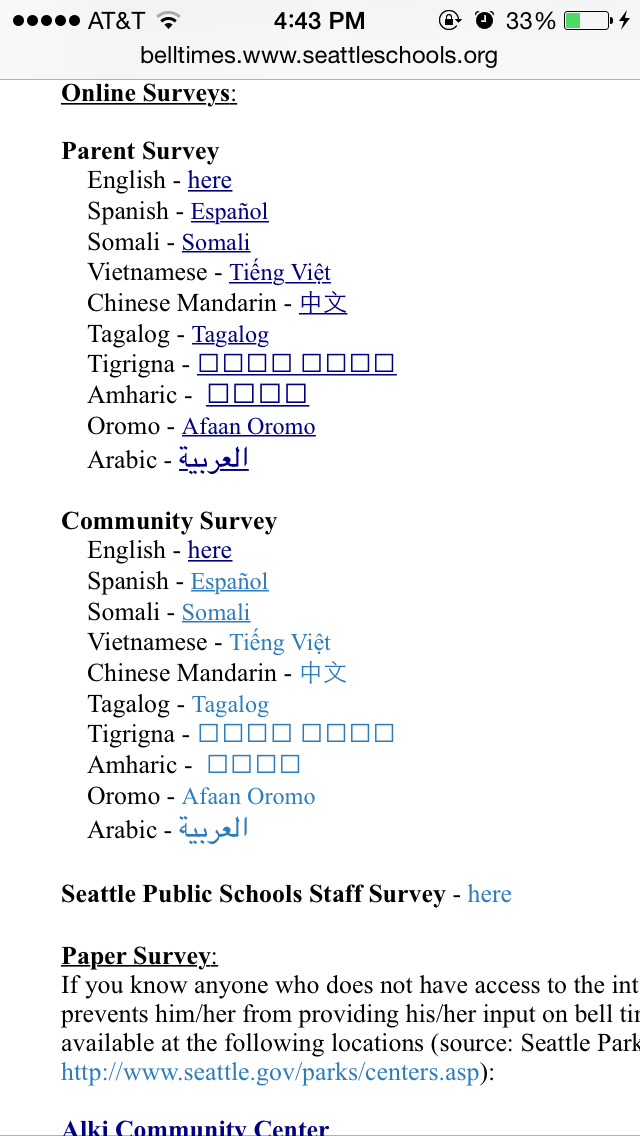So who are these labels for? And who decided they needed to be there?
I don't think it's a simple, economical way to help government workers identify foreign languages. Or... maybe it is. Maybe if all of the languages are labeled in English then people who speak only English know how to find the right forms for a given situation? But usually when I see this phenomenon—as on this page of a form I received in the mail today, with Korean, Laotian, and Russian instructions—there's a whole bunch of languages listed, and not just one.
Here's a slight variation I spotted while researching health insurance plans:
In this version, at least the names of the languages appear in those languages, albeit after the superfluous English names.
I'm going to file this one under Mystery: unsolved.
Addendum: After writing this post, more of these things have surfaced. Now I see them everywhere. In figure 3, the name of the language appears—bolded and in English—after the text. Which seems pretty unreasonable to me. And in figure 4, well... Just look.
 |
| Fig. 4 |
 |
| Fig. 3 |
Now comes figure 5, from a beach in Bellingham, Washington. The breadth of Asian languages represented is impressive. But... why English labels, again?
 |
| Fig. 5 |


